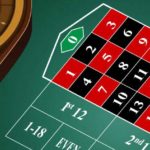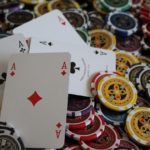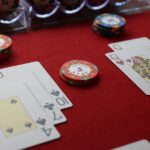Most Slots’ players ignore that Slots’ experts recommend to learn a little about the machines and its profits, since it can help you increase you gainings.
If you are interested in learning how to gamble correctly in Slots read this interesting section about Slots’ payment percentages. You’ll see how with a little luck and some cleverness you’ll learn to play Slots and win very big pots!
First of all, the Slots’ basic concept is that the ones that show 95% payment, give a 5% advantage to the house (which means the casino), the ones that show 90%, give the house a 10% advantage, and so on.
For example, let’s say you are playing in a slot of €1 and you have €100 to gamble, you could end up with 120 credits in the machine. For this game section, your payment percentage is of 120/100, so it’s 120%.
Now, let’s suppose you put €120 in the machine but ends up with €78 after 120 turns. From the beginning of the game, the machine has taken €220 (€120 + €100) and has given you €198 (€120 + €78). In this case, your payment percentage is 90% (198/200).
If you keep playing with the €78 you have left, and at the end you have €70, the payment percentage is still 90% since (120 + 78 + 70) / (100 + 120 + 78) = 268/298 = 90%.
However, in practice, the Slots’ percentages are more changeable. And it’s the volatileness of the payment percentage what makes these machines so popular because they allow a few lucky people to gain a lot of money. However, keep in mind that an increasing volatileness reduces the payment percentages during typical game sessions, so you can’t expect to win all the time.
Some sessions will end your capital without you having won the big prize. Some gamblers will just not settle for a moderate prize. They will keep playing, waiting for the big prize. The important thing is for you to know what you are looking for when you play Slots.
Decide before playing whether you are going to put a lot of coins in, trying to get the big prize, or play with a few coins at a time, trying to optimize the number of turns.










